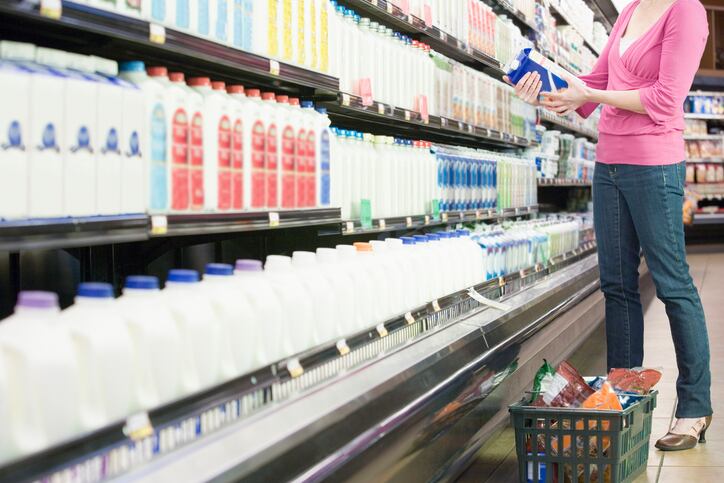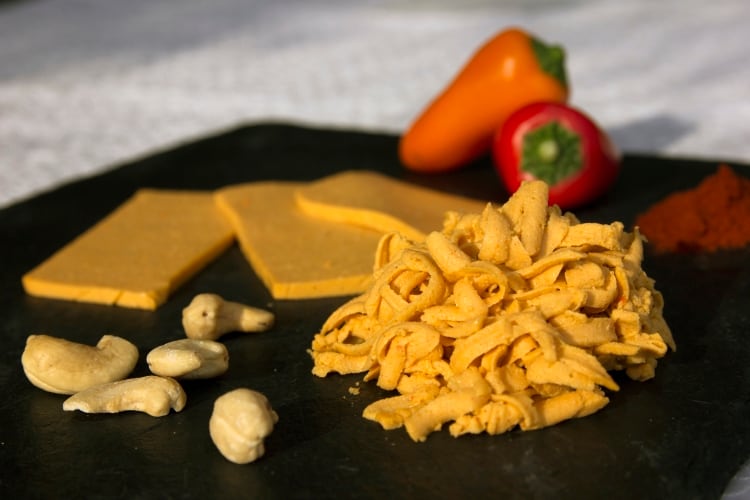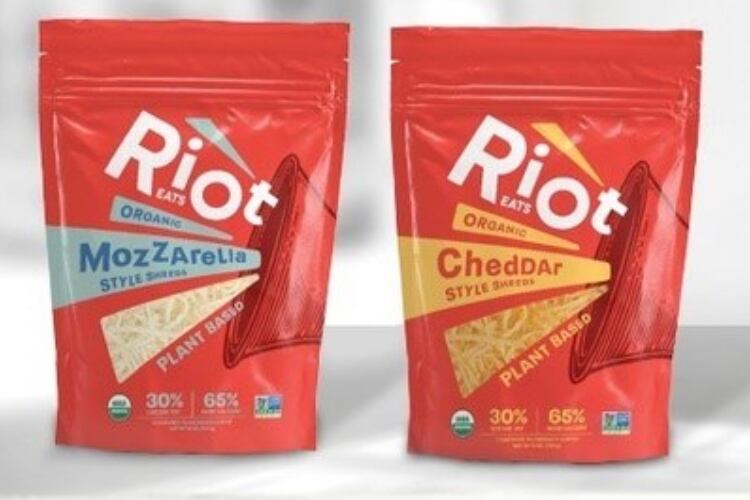The global dairy industry has been adjusting to the popularity of plant-based alternatives for several years. US consumers have responded to the vegan market expansion with a flexible approach.
Dairy in the US is expected to be valued at $28bn by 2021, with alternatives predicted to make up 40% of that amount. But according to Cargill, this doesn’t necessarily imply an increase in the amount of US vegans.
“Dairy consumption overall remains strong in the United States, with two-thirds of respondents calling real dairy a regular part of their diet, while absolute dairy avoidance is comparatively low at just more than one in ten shoppers,” they said.
Shopping by the numbers
The study revealed that dairy usage is still common in 90% of American households, and 67% consider real dairy a regular part of their diet. About 48% of participants said they believe that a balanced diet doesn’t require real dairy, while 50% consume both and just 4% consume only dairy alternatives.
Those that do avoid dairy do so mostly because of lactose intolerance (35%) and dairy allergies (28%). According to the study, they are also choosing alternatives to stay away from growth hormones, saturated fat and antibiotics found in dairy.
Dairy consumers consider the ingredients list rather important in their decision-making process, with two-thirds of purchasers saying they expect dairy products to have few ingredients. More than half reported using the ingredients list to determine whether a dairy product is healthy or highly processed.
Consumers also seek out dairy products for their benefits in bone health (60%) and digestive health (38%).
Taste matters most
Cargill assessed purchasing behavior in four main categories - ice cream, yogurt, flavored milk and dairy alternatives - with ice cream the most popular. But indulgent dairy products get a little more leeway from consumers in terms of expectations while dairy alternatives are often held to a higher standard.
Consumers who have tried dairy alternatives were more likely to say that they preferred the taste of real dairy, and 45% said they expect the alternatives to “provide the same experience as real dairy.”
Taste is the most important attribute among all categories when shoppers consider repurchasing a product, seen particular in the ice cream sector. According to Cargill, ice cream consumers want recognizable ingredients that are both healthful and taste good with less sugar.
Plant-based proteins and prebiotic fibers are now common ingredients in healthy ice cream. Younger millennials are seeking out alternative brands that cater to these requests and either turning away from or demanding more of the traditional ice cream brands that tend to be high in fat and sugar content.
Ahead of the curve
Cargill concludes that dairy brands need to be innovative to remain successful, while consumers will continue to expect clean label transparency in the products they buy. The dairy alternatives market will keep growing and gaining worldwide acceptance.
“On the whole, dairy manufacturers have stayed ahead of the curve on growing consumer demands for more healthful, transparent products, capitalizing on their inherent health halo for bones and digestion, and meeting consumers’ demands for more protein and “clean label” products with new product development and innovation,” Cargill said.



